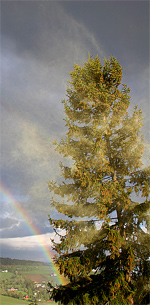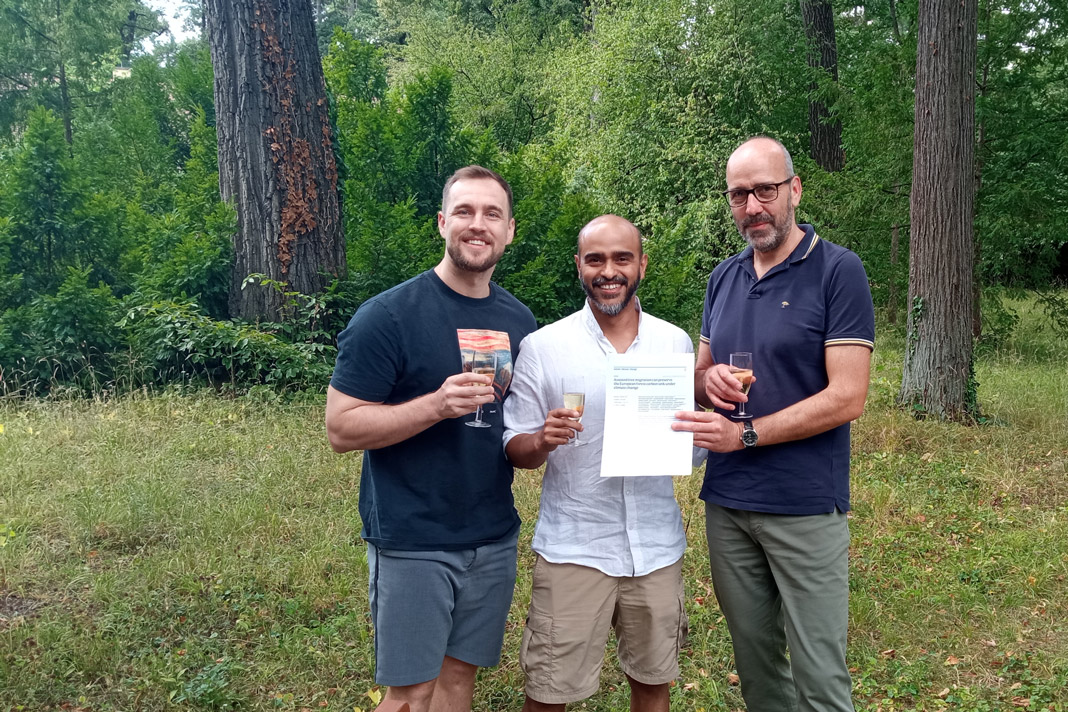Who owns the genes of the forest trees?
There is great ecological, economic and social value within forest genetic resources – that is a fact. But so far, the true legal status of this resource for protection of these values has not been defined.
There is great ecological, economic and social value within forest genetic resources – that is a fact. But so far, the true legal status of this resource for protection of these values has not been defined.
This conundrum lay at the heart of debate for assembled forest and legal experts on the first day of a key meeting in Vienna looking to build a sound future for Europe’s forest genetic resources.
Morten Walløe Tvedt, a plant law specialist from the Fridtjof Nansen Institute in Norway illustrated the types of challenge facing legal definition in this field. “How do we define property rights and ownership beyond biological material? Is it the owner of the tree, the owner of the land or perhaps the finder of the propagating material who gains the ownership right?”
He went on to describe how patent law might be applicable to trees in the areas of novel breeding methods or for short rotation systems for biomass, where essentially the relevance of patents and plant variety protection is determined by commercial imperatives. In other words, is there a market? Dr Tvedt pointed out that a key obstacle is the fact that for most tree species, the rotation time is long, way beyond the 20 year protection afforded by patents.
In an attempt to move this debate forward a Nordic project on Access and Rights to Forest Genetic Resources has just published its early recommendations. This study has been carried out against the background of the open access “Everyman’s Right” within the region which essentially says that forests are available to everyone.
Under climate change, where natural adaptation may become insufficient, there will probably be an increased need for transport of forest genetic resources between countries, to track the changes. With this growing demand, bureaucratic access regulations might prove a barrier, so there is a need to ensure any new bureaucratic procedures are streamlined and practical, says Dr Tor Myking of the Norwegian Forest and Landscape Institute, who has been involved in this Nordic study.
The meeting heard from two successful European research and data projects where successful co-operation and contractual arrangements on the free movement of forest genetic resources have been achieved. In the EVOLTREE project, Dr Silvia Fluch explained how standard agreements have proved effective in moving material in and out of its DNA repository centre in Austria. Similar success is set to be achieved in the TREEBREEDEX project, says Sven De Vries of Wageningen University and Research Centre who is currently examining three possible routes forward. The big question though is can such “gentlemen’s agreements” be applied to the cut and thrust of real commerce?
All involved in the debate are well aware that their discussions are highly topical and timely. In Nagoya in Japan in October this year the Convention on Biological Diversity (CBD) is expected to deliver new legal frameworks on access and benefit sharing in genetic resources. Forest resources are set to be included.
Carl Gustav Thornström of the Swedish University of Agricultural Sciences warned that we are moving towards too much political correctness on this whole genetic resources issue without proper regard to practicality. He doubts that Nagoya will deliver a workable framework for forests or other areas when such basic building blocks and definitions such as what is really a plant variety still have to be set in stone.
He made a plea for far better training of people in the interface between law and genetics so that perhaps new thinking could be applied to resolving these forest genetic conundrums.
After all, wind-borne Norway spruce pollen grains, and other genetic material
passing across borders on insects and birds have no respect for international treaty, passports or lawyers.
printable version [<link file:2891 _blank download who owns the genes of forest>PDF]
Related Links
- NordGen







